Time Period: Early Twentieth Century (1901 - 1940)
 Centennial Celebration: First Day Cover Envelope
Centennial Celebration: First Day Cover Envelope
Centennial Celebration
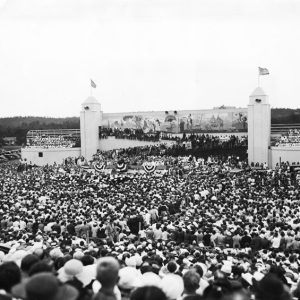 Centennial Celebration
Centennial Celebration
 Centennial Celebration Woodcut
Centennial Celebration Woodcut
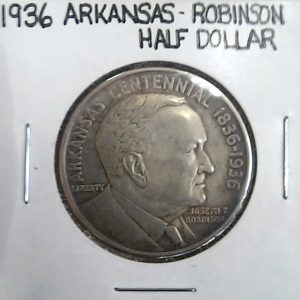 Centennial Robinson Half Dollar
Centennial Robinson Half Dollar
 Centennial Half Dollar, First Design
Centennial Half Dollar, First Design
 Centennial Half Dollar, Front
Centennial Half Dollar, Front
Centennial History of Arkansas
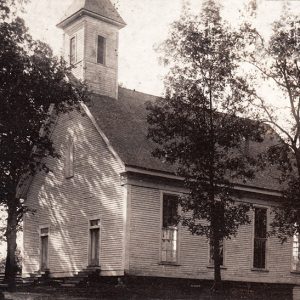 Center Point Methodist Church
Center Point Methodist Church
 Center Point School
Center Point School
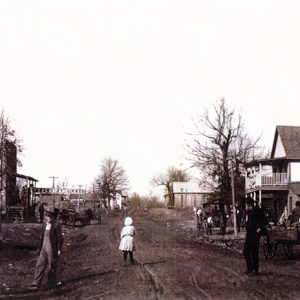 Center Ridge
Center Ridge
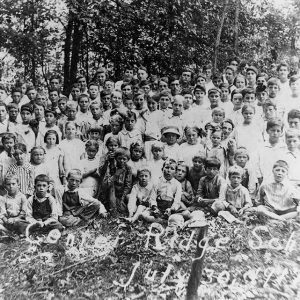 Center Ridge School
Center Ridge School
 Center Ridge Cotton Gin
Center Ridge Cotton Gin
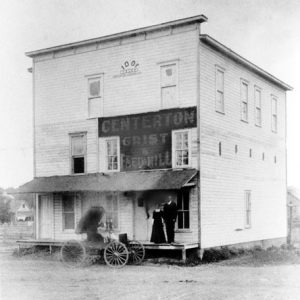 Centerton Grist and Feed Mill
Centerton Grist and Feed Mill
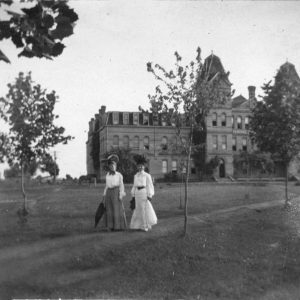 Central College
Central College
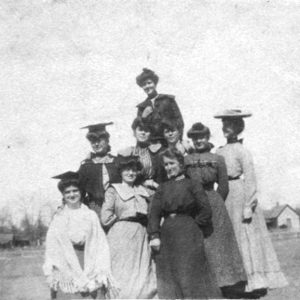 Central College
Central College
Central College for Women
 Central College Students
Central College Students
 Central High School
Central High School
Central High School Neighborhood Historic District
Central Theater
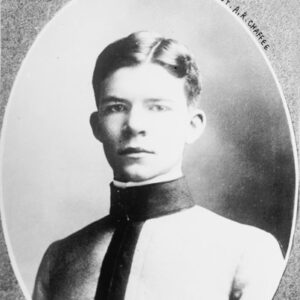 Adna R. Chaffee
Adna R. Chaffee
Chambers, Erle Rutherford
 Erle Rutherford Chambers
Erle Rutherford Chambers
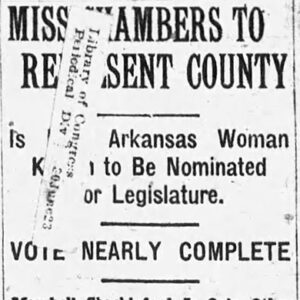 Erle Rutherford Chambers
Erle Rutherford Chambers
Charity Games of Football (1931)
Charles “Bullet” Dean Hyten House
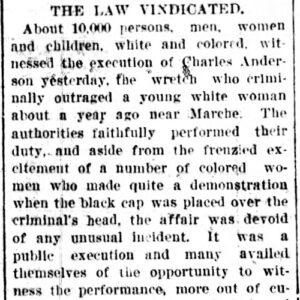 Charles Anderson Execution Article
Charles Anderson Execution Article
 Charleston Baseball Team
Charleston Baseball Team
 Charleston School Building
Charleston School Building
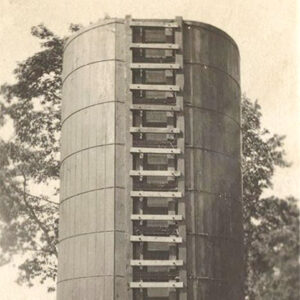 Charleston Silo
Charleston Silo
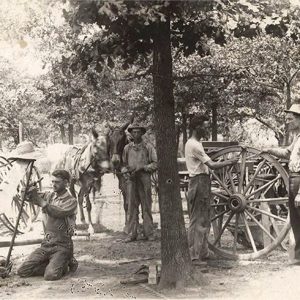 Charleston Smith
Charleston Smith
 Charleston Street Scene
Charleston Street Scene
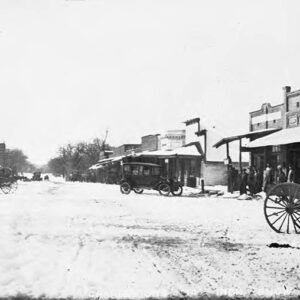 Charleston Street Scene
Charleston Street Scene
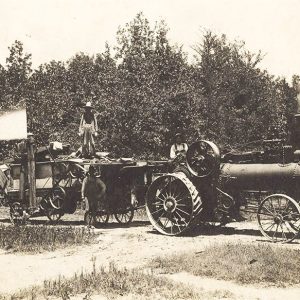 Charleston Thrasher
Charleston Thrasher
Charlotte Street Historic District
 Chautauqua Building
Chautauqua Building
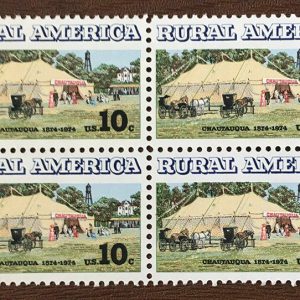 Chautauqua Stamps
Chautauqua Stamps
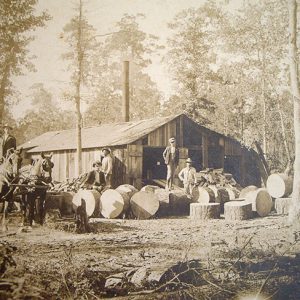 Cheatham Mill
Cheatham Mill
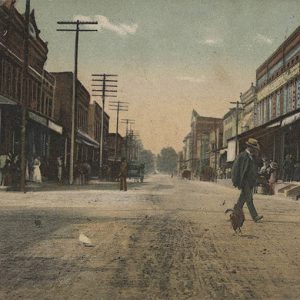 Cherry Street
Cherry Street
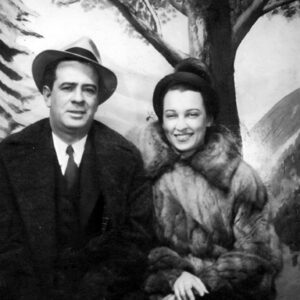 Francis and Margaret Cherry
Francis and Margaret Cherry
Chewaukla Mineral Springs Co.
 Chicago Mill and Lumber Company
Chicago Mill and Lumber Company
Chicago, Rock Island and Pacific Railway
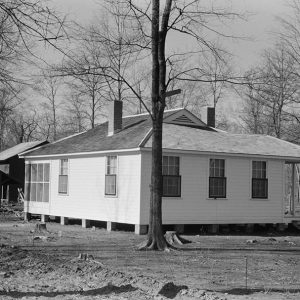 Chicot Farms House
Chicot Farms House
 Chicot Farms Surveyor
Chicot Farms Surveyor
 Children's Drug Store
Children's Drug Store
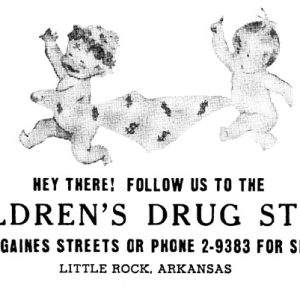 Children's Drug Store Ad
Children's Drug Store Ad
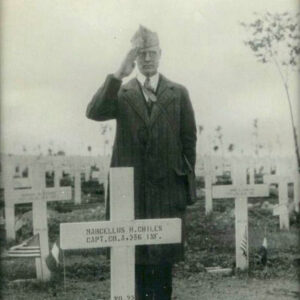 Captain Chiles Grave
Captain Chiles Grave




